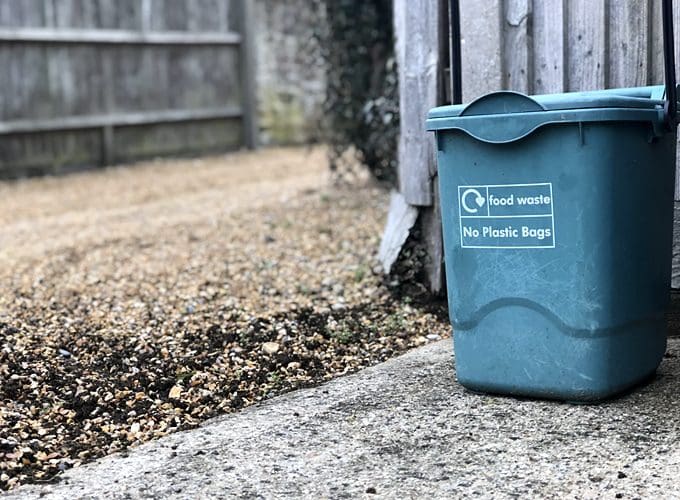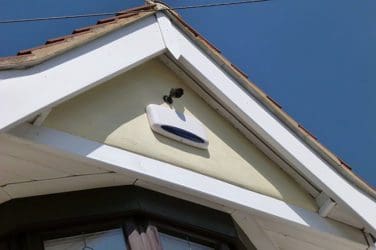words Alexa Wang

If you’ve ever had an unwelcome visitor enter your property and cause havoc, you know how much of a hassle pest extermination is. The only good that comes out of these situations is learning from your mistakes and training your family to prevent future pests.
Preventative measures are the best way to make sure you don’t have any unwelcome visitors in your home, like insects, rodents, and other creatures. Fortunately, many of these things are quick, simple, and cheap to do.
Here are five ways to help prevent a general pest problem in your house. You may also want to additional research to learn how to get rid of rats, ticks, raccoons, etc., as each of these pests require unique treatment methods. However, the following tips will decrease the chance of developing an infestation on your property in general.
1. Take Out Your Trash
Keeping your kitchen work surfaces clear and making sure you put away food is the best way to keep your kitchen free of ants and cockroaches. However, trash cans full of kitchen scraps are tempting eating spots, so make sure you empty your trash cans every night and dispose of your waste by following a rubbish removal guide.
When outdoors, bins full to the brim of food scraps and other rubbish can attract all sorts of pests, from rodents to insects, so keep your outdoor bin or dumpster away from your house where possible. Additionally, if you have commercial bins in your property, make sure to properly secure them to prevent pests from accessing them and creating a potential health hazard.
2. Fill Any Cracks
Cracks and crevices around your doors, windows, brickwork, and siding serve as mini entrances for insects and other small pests. Fill them in to keep pests at bay. You could even take it a step further and invest in chimney breast removal if the structure is no longer in use, provided the chimney breast removal cost is within your budget, for added peace of mind.
The same goes for gaps in interior walls, which are usually there for wiring and plumbing purposes. Make sure these are sealed and fill in any gaps around them to stop critters from getting in.
3. Minimize Clutter
If pests get into a space full of clutter, it’s much easier for them to breed and become a real problem. Why? Clutter provides the perfect hiding place, so you might not have even noticed they’re there until it’s too late. If this happens it’s best to contact a pest service (like one found at https://www.kykopestprevention.com/) which will get rid of the pests and prevent them from returning.
Have a clear out of clutter-prone spaces in your home (such as the loft) and keep dirt and debris to a minimum. By dusting and vacuuming, it’s much less likely that small pests will take up residence in your house.
4. Keep Your Pets Clean and Well-Groomed
Family pets that go outside, such as cats and dogs, can easily transport outdoor pets into your home. While it’s not realistic to wash your pet every time they go out, giving them a daily brush when they come in will help remove any bugs that have come along from the ride.
Ticks and fleas can breed quickly once they get into your pet’s fur, so use monthly topical treatments to repel these small pests.
You may even consider treating your outside space and lawn with a grass-safe flea and tick spray, which will help keep these pests out of the area your pet frequents the most.
5. Use Screens
The majority of houses have openings that are part of the structure of the house. For example, roof eaves have openings to provide ventilation to the roof cavity. While these kinds of openings are necessary, they can still be an inconvenience when it comes to pest prevention. All types of pests will use these to get into your home.
Use steel porch screens to cover your vents and stop rats and other rodents from getting into the roof cavity.
Final Thoughts
With these preventative measures, you can keep your home secure and pest-free. These are natural ways to deal with infestations, but you may decide to hire a professional or buy equipment if the problem is already out of hand.
We recommend doing additional research on the pest that’s causing you grief. You may need to stock up on additional products, such as rat poison, tick repellant, etc.









